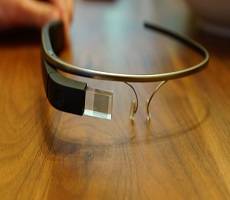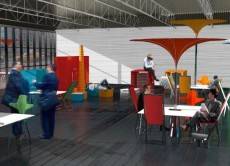November 11, 2013
When sorry seems to be the hardest word, it creates a workplace trust gap

Harvard Business School recently identified that the advantage of the British habit of continuously apologising makes us seem more trustworthy. When it comes to subordinates, we’re less magnanimous. Just 5 per cent of UK employees receive an apology from their boss whenever they make a mistake, affecting levels of trust in leaders and employee engagement. The Global Leadership Pulse survey by The Forum Corporation warns managers that not taking responsibility for workplace gaffes is having a direct correlation to how much employees trust company leadership. This is because 49 per cent of managers and 24 per cent of employees believe that acknowledging personal mistakes is one of the key things leaders can do to inspire trust; and being able to trust your boss is very important for 93 per cent of the employees surveyed. More →

























November 8, 2013
The journey to get more Women on Boards is one worth taking
by Debra Ward • Comment, Facilities management, Workplace
There has been so much written lately about women on boards and what is holding women back from becoming board members. The evidence highlights that gender diverse companies are less volatile, have a higher ROA and a lower employee turnover rate, yet this still seems not to have spurred on employers to take up the board equality issue. My question is why have so few women progressed to board level? Personally, I disagree with quotas, believing that the best candidate should be appointed. Do we really need a quota to swing the pendulum into a more balanced position? Regardless of your view, the evidence is clear; companies with gender mixed leadership outperform those who have little or no senior female representation. Why then would companies choose to not reset their gender balance in senior positions? More →